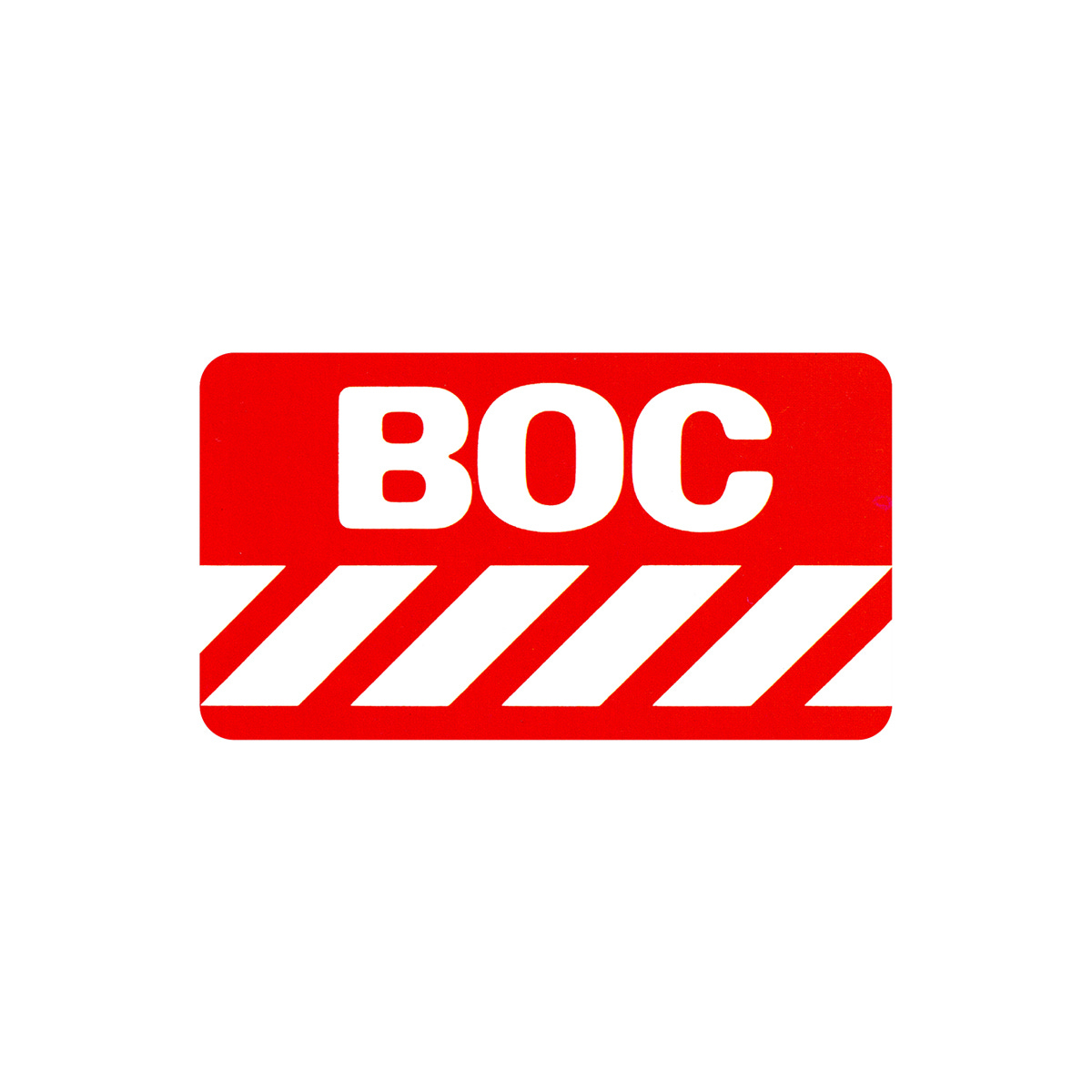BOC Logo, 1967
Wolff Olin's 1967 logo for British Oxygen Company.
This post is supported by LogoArchive – The home of historical logos. Discover over 5000 of history’s greatest designs from the world’s finest designers. Updated every single day. Always find the logo inspiration you need for your next logo or branding project. Start here.
By the mid-1960s the British Oxygen Company was manufacturing many other products aside from oxygen. These included gases for industry and medicine, welding, cutting and surgical equipment, metals and alloys, chemicals and cryogenics, amongst many other things. As well as expanding into new industries the company was well-established in countries other than Great Britain, so much so that 'British', just as 'Oxygen', were considered to not be in support of future growth. As part of a broader public relations push, to keep up with its expansion and acquisition, a number of alternative names were discussed, with the initials BOC finally being settled on.
BOC commissioned British design studio Wolff Olins to design a corporate identity (CI) that would provide 'a vigorous projection of the company’ which was capable of being applied on an ‘international basis’ and bring into coherence the different names of the companies that were part of the BOC group. Seeking to better understand the existing image of BOC, Wolf Olins interviewed various stakeholders, from the chairman to the chief executives, from middle management to truck drivers. One revelation unearthed was the time it took for the company to act.
One of the managing directors told the research team that, in his opinion, BOC had the' nervous system of a dinosaur: if it decided to do something in its brain, by the time the information got down to its big toe a lot of time had elapsed.' A major part of the programme then would be to address this time-lag by studying its current communication system and offering solutions.
This included a look at the different types of stationery and literature in use, with a view to rationalisation and leveraging economies of scale to speed up production. Further, Wolff Olins looked at the types and numbers of vehicles owned by the company, as well as their renewal rate and frequency of painting. Further, the studio delved into the control of budgets for producing literature, painting vehicles and painting premises, etc. and finally the routines followed to action the co-ordination, production and application of changes. Following this research stage, work began on the BOC corporate image.




